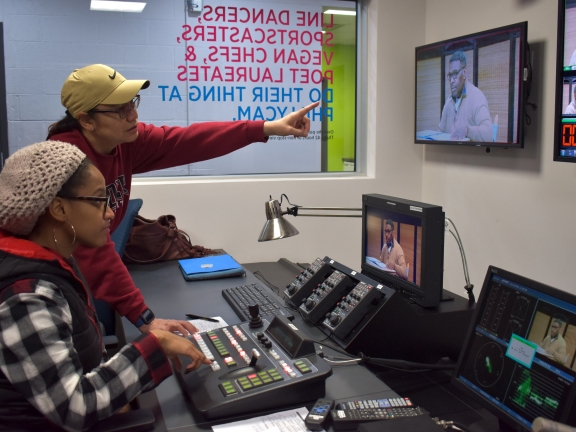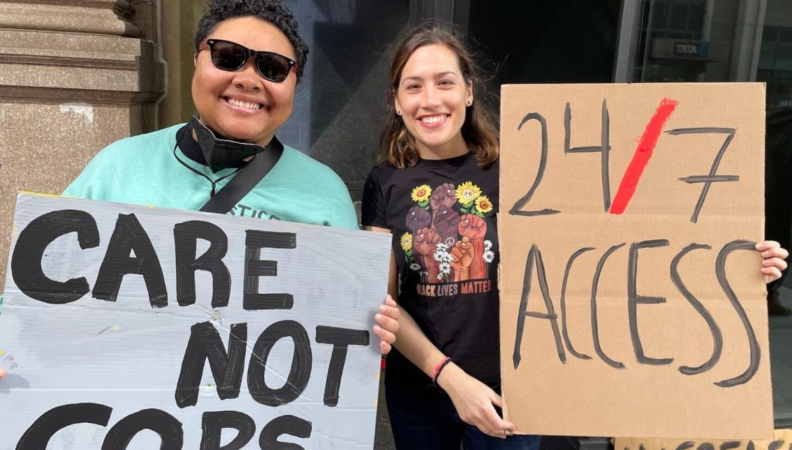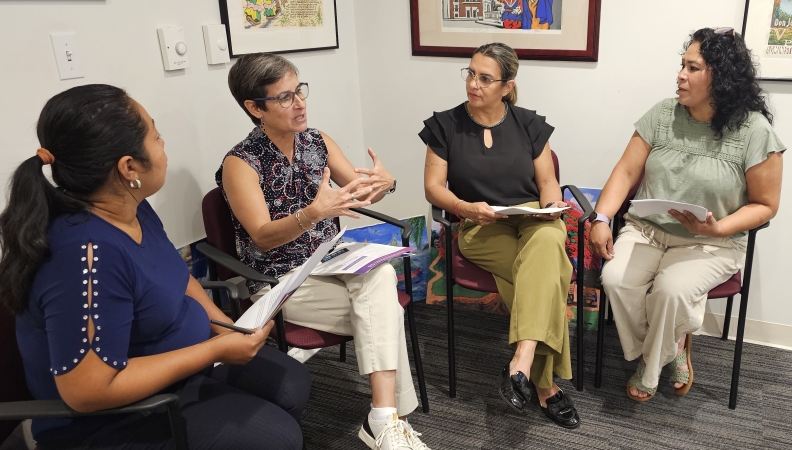Why Grassroots Media is a Source of Life-Saving Information for Philadelphians.

The COVID-19 pandemic revealed how access to timely and accurate information can be a matter of life or death. Throughout the pandemic, community media organizations prioritized sharing life-saving information to community members, many of whom are essential workers.
Efforts like Resolve Philly’s Equally Informed Philly project were lifelines for Philadelphians, especially non-English speaking residents, who lacked access to trustworthy information during the pandemic. Using visual graphics, text messaging, social media, and newsletters written by youth, Equally Informed created multiple paths, in five different languages, for getting public health information deep into neighborhoods.
New research commissioned by the Independence Public Media Foundation and led by Rosemary Clark-Parsons, PhD, sheds light on the role that projects like Equally Informed Philly, and community media organizations like PhillyCAM, G-Town Radio, Kensington Voice, Scribe Video Center, and many others play in the region, underscoring their importance in particular to informing and uplifting marginalized communities. Dr. Clark-Parsons also found that community media organizations remain severely under-resourced.
“Funders have the potential to greatly enhance grassroots media organizations’ capacities to address their communities’ information and communication needs,” said Dr. Clark-Parsons. “As the COVID-19 pandemic has illustrated, access to news and information is vital to people’s personal, social, and economic well being. Rather than approaching media as a separate funding area, philanthropic organizations should include community media as relevant to addressing any high-priority need.”
Key takeaways from the new research include:
- Supporting marginalized communities through media and digital literacy, access to information, and representation in the media are community media organizations’ top priorities.
- Community media organizations are underfunded and understaffed despite the value they bring to the audiences they serve.
- Under-resourced media organizations face an uphill battle in communities with poor communication infrastructures.
- Philanthropic organizations are vital to the success of the community media ecosystem, but funding remains difficult to access.
“Funders are starting to realize that supporting media in all kinds of creative ways is central to their long-term goals, whether it’s support for journalism or filmmaking, low-power FM radio, or libraries. The research is clear that robust local media drives civic engagement, holds elected officials accountable, amplifies unheard stories, and helps communities build power,” said Molly de Aguiar, IPMF President. “We are always eager to partner with and provide guidance to funders who are interested in supporting media organizations and projects in the region, and we hope this research and the recommendations will be useful to them.”
The research draws on surveys, funder databases, and interviews with community media organizations throughout the region. Through mediums such as video and audio production, and community-led journalism, these organizations teach community members the skills necessary to tell stories about the resilience, struggles, and histories of their communities. This process leads to increased media access, more accurate representation, improved digital and media literacy, and more active civic engagement among marginalized communities.
Click the link below to download the full report.
For more information, contact Enni Aigbomian.



